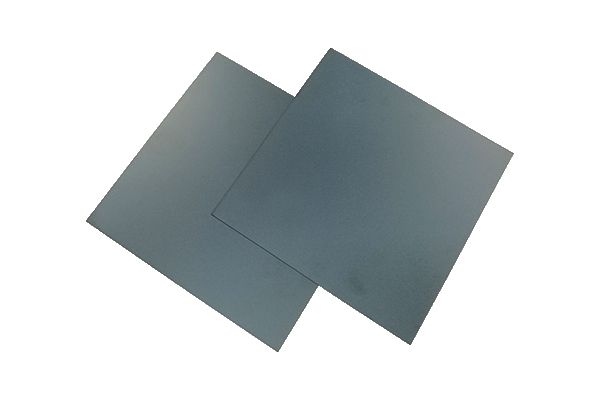Silicon Nitride Substrate Uses
In recent years, semiconductor devices are developing along the direction of high power, high frequency and integration. High-power semiconductor devices are widely used in wind power generation, solar photovoltaic power generation, electric vehicles, LED lighting and other fields. Because any semiconductor device has a certain loss in operation, and most of the loss has been dissipated in the form of heat, and causes certain device failure events. According to statistics, device failure caused by heat is as high as 55%.
It is found that Silicon Nitride Substrate have better thermal conductivity and mechanical properties, high melting point, high hardness, high wear resistance, oxidation resistance and other advantages, and are the best materials for high-end semiconductor devices, especially for high-power semiconductor.
The silicon nitride substrate shall have the following characteristics:
- Good insulation and resistance to electrical breakdown;
- High thermal conductivity: thermal conductivity directly affects the operating conditions and service life of semiconductor devices, poor heat dissipation leads to the uneven distribution of temperature field will also greatly increase the noise of electronic devices;
- The coefficient of thermal expansion is matched with other materials in the package;
- Good high frequency characteristics: low dielectric constant and low dielectric loss;
- Smooth surface and uniform thickness: facilitate the printing circuit on the substrate surface, and ensure the uniform thickness of the printed circuit.
si3n4 substrate used in semiconductor devices
At present, the commonly used substrate materials mainly include: ceramic substrate, glass ceramic substrate, diamond, resin substrate, silicon (Si) substrate and metal or metal matrix composite materials.
At present, the applied ceramic substrate materials that have been put into production mainly include beryllium oxide (BeO), alumina (Al2O3) and aluminum nitrite (AlN). With the development of semiconductor devices towards high power and high frequency, higher requirements have been put forward for thermal conductivity and mechanical properties of ceramic insulating substrates. At present, silicon nitride is recognized as the most promising ceramic substrate material with high thermal conductivity and high reliability at home and abroad. The theoretical thermal conductivity of monocrystalline silicon nitride can reach more than 400Wo M-1 oK-1, which has the potential to become a high thermal conductivity substrate.
Si3N4 has three crystalline structures: alpha phase, beta phase and gamma phase. The phase and phase, the most common forms of Si3N4, are hexagonal structures and can be prepared under normal pressure. Silicon nitride substrate have many excellent properties, such as large hardness, high strength, small thermal expansion coefficient, small creep at high temperature, good oxidation resistance, good thermal corrosion performance, small friction coefficient, and similar to the surface of oil-lubricated metal, etc. Si3N4 ceramics are structural ceramics with the best comprehensive properties.
Influence factors of high thermal conductivity silicon nitride substrate materials
Influence of raw material powder
Raw material powder is a key factor affecting the physical and mechanical properties of ceramics, especially for high-thermal conductivity si3N4 substrate, the purity and particle size of raw material powder has an important impact on the thermal conductivity and mechanical properties of Si3N4.
Influence of sintering auxiliaries.
Silicon nitride belongs to build strong covalent compounds, relying on the solid phase diffusion are hard to sintering density necessary to add sintering additives, such as MgO style, Al2O3, CaO and rare earth oxides, in sintering process, the sintering additives can be added with the native oxide on the surface of the silicon nitride powders, the formation of low melting eutectic solution, using liquid phase sintering mechanism to realize densification. It should be noted that not all sintering auxiliaries can play a good sintering effect. The key to improve the thermal conductivity of si3N4 is to select the appropriate sintering agent and formulate a reasonable formula system. Sintering AIDS can be roughly divided into oxide sintering AIDS and non-oxide sintering AIDS. It is further divided into rare earth oxide sintering AIDS (Y2O3, CeO, La2O3, Yb2O3) and CaO, MgO sintering AIDS.
Si3n4 Substrate Supplier
China Ceramics Parts has many years of experience in precision engineering ceramics processing, and is committed to providing customers with excellent silicon nitride ceramic products. We can supply silicon nitride substrates with a thickness greater than 0.15 mm, and the specifications and sizes can be customized according to customer requirements.
Contact us for free quotation and technical support.


